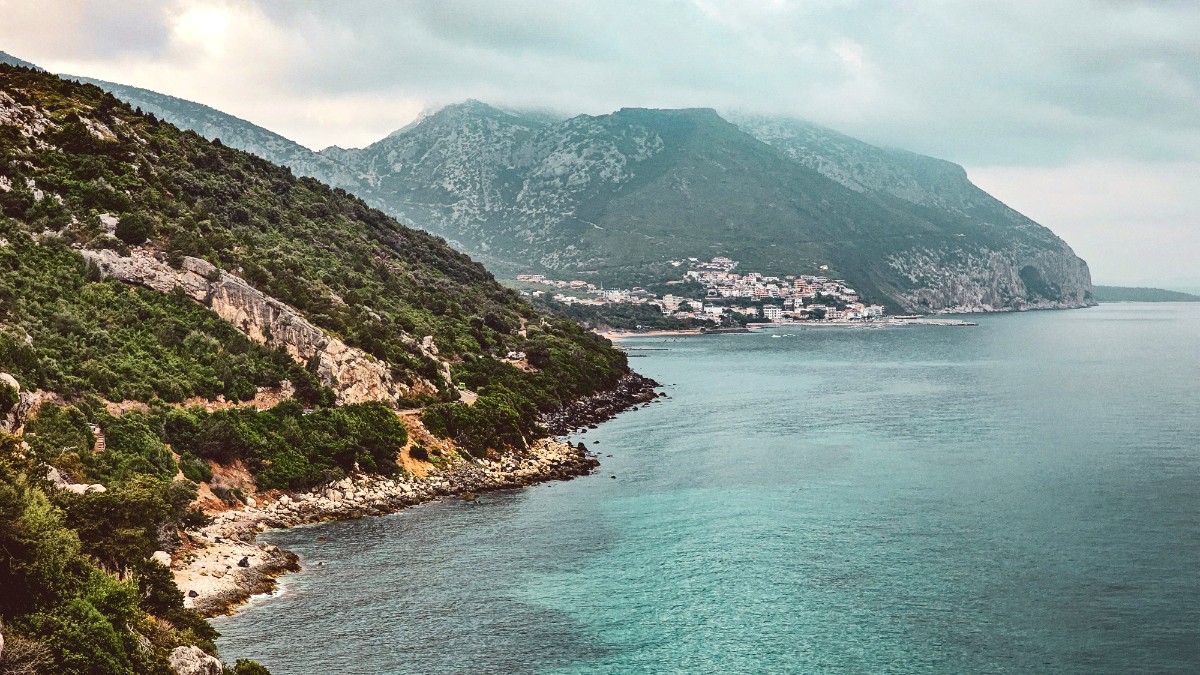
The Southeast, Brazil
Ilha Grande is a paradise for nature lovers, with an abundance of pristine landscapes and diverse ecosystems. Its historical sites reveal aspects of its past.
Most natural sites (beaches, hiking trails, waterfalls) are open 24/7 with no entrance fees. Access is generally unrestricted.
Explore beyond main trails using detailed maps and local advice for hidden gems and solitude.
Evocative remains of the 19th-century quarantine station and hospital (1886-1913). Later served as a leper colony and correctional facility. Accessible via Trail T1 from Abraão.
This 19th-century aqueduct transported fresh water to the Lazareto. An impressive historical engineering marvel, located on Trail T1.
With its sandy streets and simple colonial-style houses, it holds historical charm. The layout and older buildings offer a sense of the island's modest past.
A small, charming church in Vila do Abraão. A focal point for local religious life and community gatherings, especially during the Festa de Sant'Ana in July.
Near the former penitentiary in Dois Rios. It commemorates the history of the prison and those incarcerated there, serving as a space for reflection on Brazil's past.
Ilha Grande is a paradise for nature lovers, offering an abundance of pristine landscapes and diverse ecosystems.
This park covers a significant portion of the island, protecting its unique Atlantic Forest ecosystem, rich biodiversity, and spectacular coastal environment.
A viewpoint on the popular trail to Lopes Mendes beach (Trail T11). It offers magnificent views over Lopes Mendes beach and the rugged coastline.
A calm, clear bay named for its incredible reflection of the sky on its still waters. Excellent for snorkeling, stand-up paddleboarding, and kayaking.
Forest trails are prime for observing monkeys, sloths, armadillos, agoutis, and various birds. Marine life like tropical fish, sea turtles, rays, and occasionally dolphins can be seen while snorkeling/diving.
Natural swimming pools with crystal-clear turquoise or emerald green waters. Renowned for exceptional snorkeling. Accessible mainly by boat tour.
A remote, wild beach on the ocean-facing side. Famous for its iconic leaning palm tree ("Coqueiro Deitado"). Access can be restricted, often requiring a permit.
Ilha Grande hides secret spots offering solitude and unique experiences for those who explore further.
A very small, secluded beach nestled between dramatic cliffs, offering a sense of true isolation. Accessible by a challenging hike (Trail T9, 2.5 hours from Abraão) or a less common boat taxi.
A historic hamlet with a charming little church (Igreja de Sant'Ana) and old farm ruins. This area offers a quiet glimpse into the island's colonial past and traditional way of life. Accessible by boat or a longer, scenic hike.
Many smaller coves and beaches along the coastline are less visited by large tour groups. Discover these by chartering a private boat taxi for the day, or by undertaking adventurous hikes with a detailed map. These spots offer genuine solitude.
To maximize your sightseeing, combine different modes of transport. Boat tours are efficient for seeing multiple coastal attractions and distant beaches, while hiking allows for exploration of the island's interior and hidden spots.
Remember that weather can influence accessibility, especially for hikes and boat trips. Always check local conditions and forecasts.
Consider seasonality when planning visits. During the high season (Dec-Feb, holidays), popular spots like Lagoa Azul and Lopes Mendes will be crowded.
Transportation within Ilha Grande is mainly by foot or by boat. There are no cars allowed for tourists on most of the island. Water taxis ("flexboats") offer quick transfers between beaches and villages.
Ilha Grande is a protected area. Visitors play a role in its preservation. Follow established trails, take out what you bring in, and avoid disturbing wildlife or historical structures.
Many trails and some boat boarding points might not be easily accessible for individuals with mobility challenges. Vila do Abraão has sandy streets, which can be difficult for wheelchairs or strollers.
Many residents have generations of knowledge about Ilha Grande.
Locals might share tales of pirates, the former prison, and the island's unique history. These informal stories bring the past to life beyond written guides.
Choosing local businesses for tours, food, and accommodation directly benefits the island's residents. This helps preserve the unique character of Ilha Grande.
Local fishermen and boat captains possess intimate knowledge of the island's waters, including the best snorkeling spots, hidden coves, and current conditions. They often share this knowledge freely.
Consider chartering a private boat for a personalized tour led by a local.
Ilha Grande operates at a slower pace than mainland cities. This relaxed atmosphere is part of its charm.
Let go of strict schedules and simply enjoy the moment.
Ilha Grande has a close-knit community. General safety on the island is high, but common travel precautions are always wise. Locals often look out for each other and visitors.
The local community is generally welcoming and helpful.
Keep an eye out for various monkey species (capuchin monkeys, marmosets), sloths, armadillos, agoutis, and a wide variety of birds (toucans, hummingbirds, parrots) on hiking trails.
Snorkeling and diving offer encounters with colorful tropical fish, sea turtles, various rays, and occasionally dolphins. Responsible viewing involves distance and non-disturbance.
Early mornings and late afternoons offer the best chances for wildlife sightings in the forest.